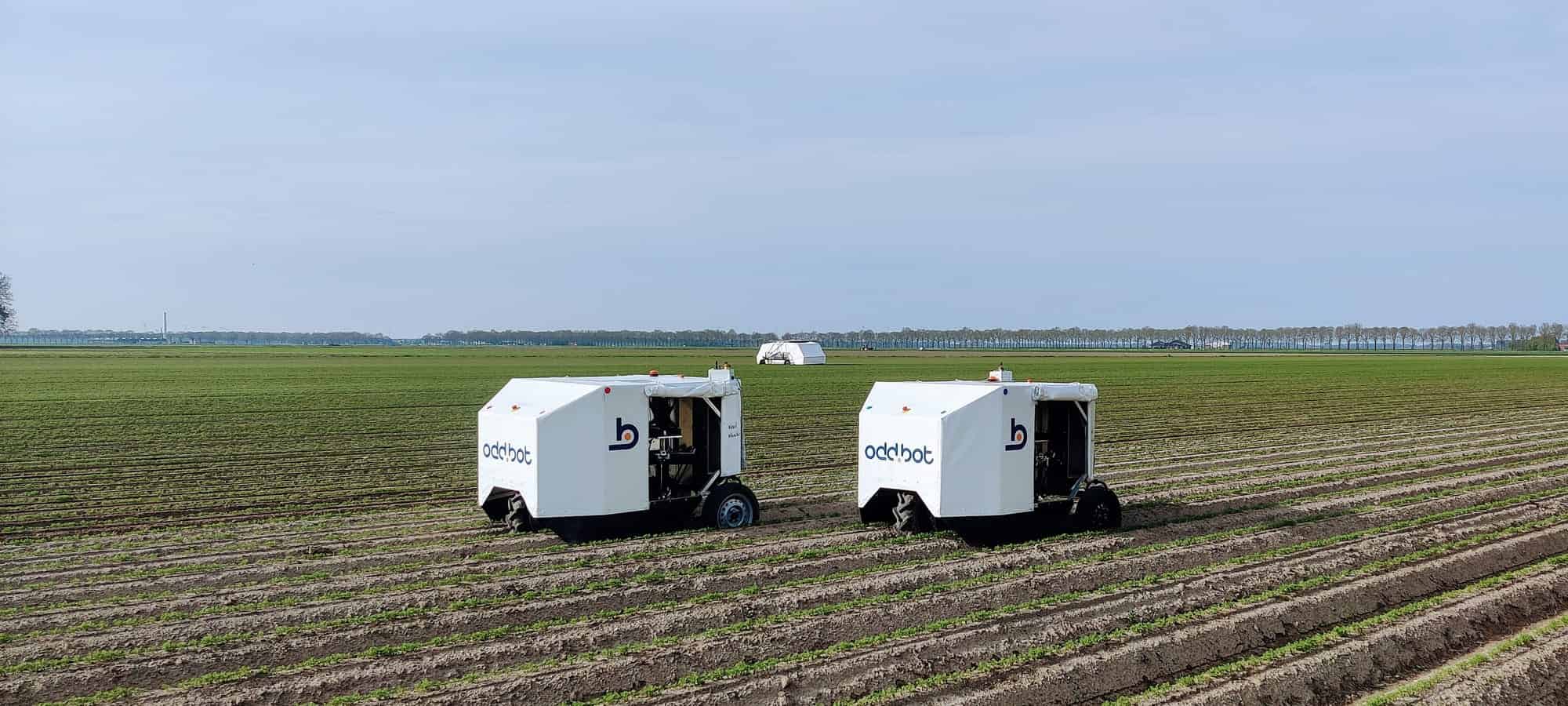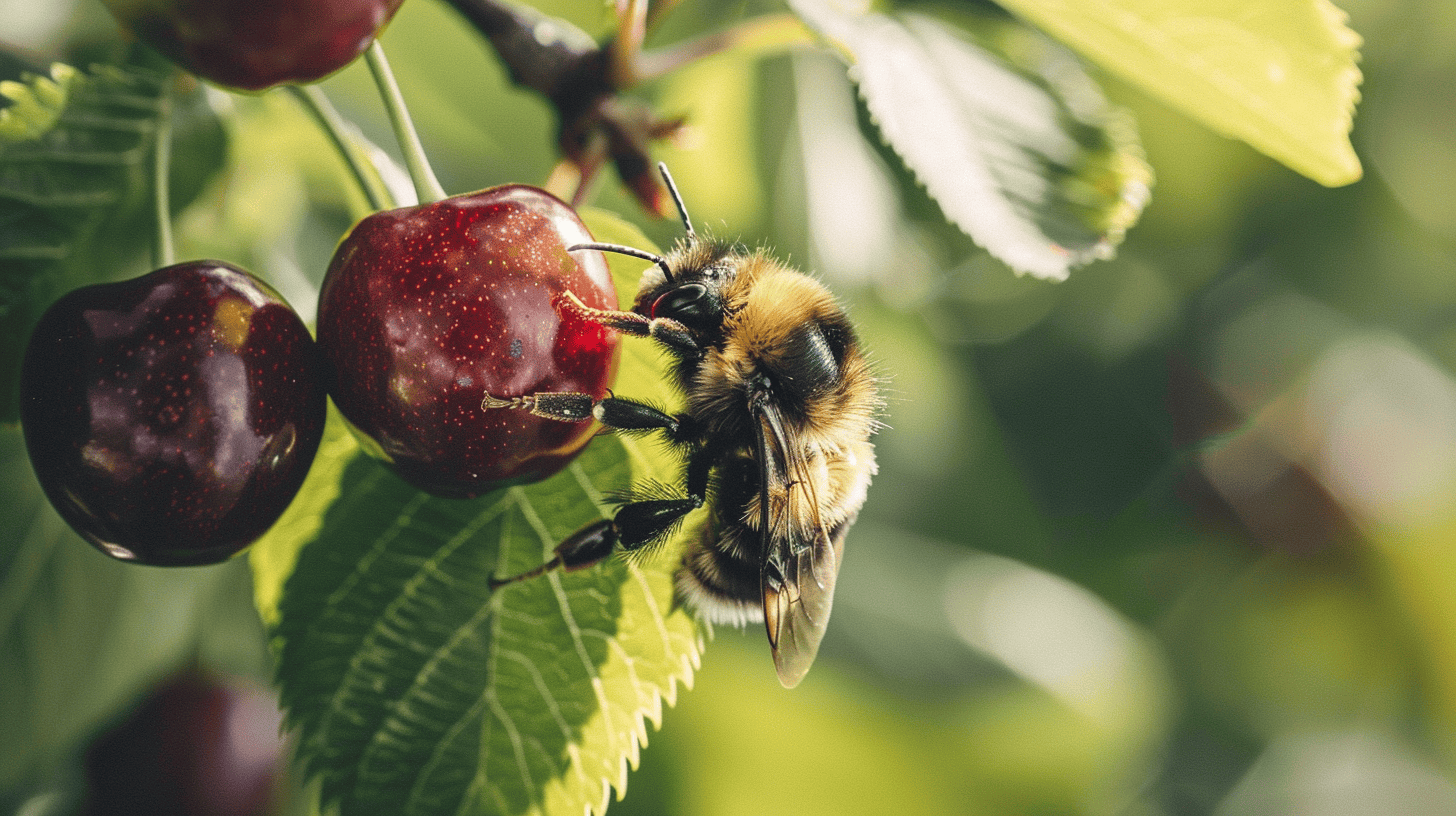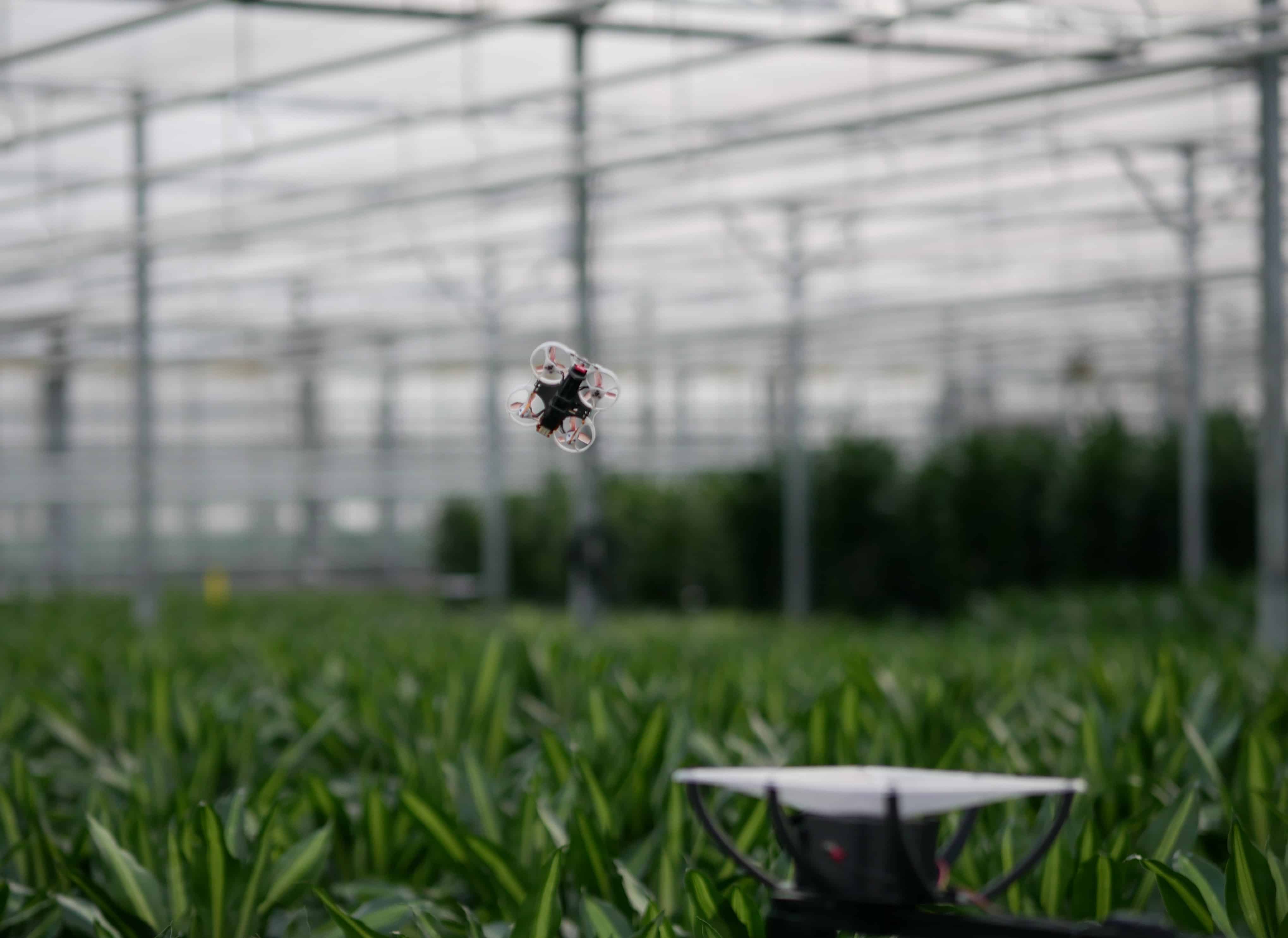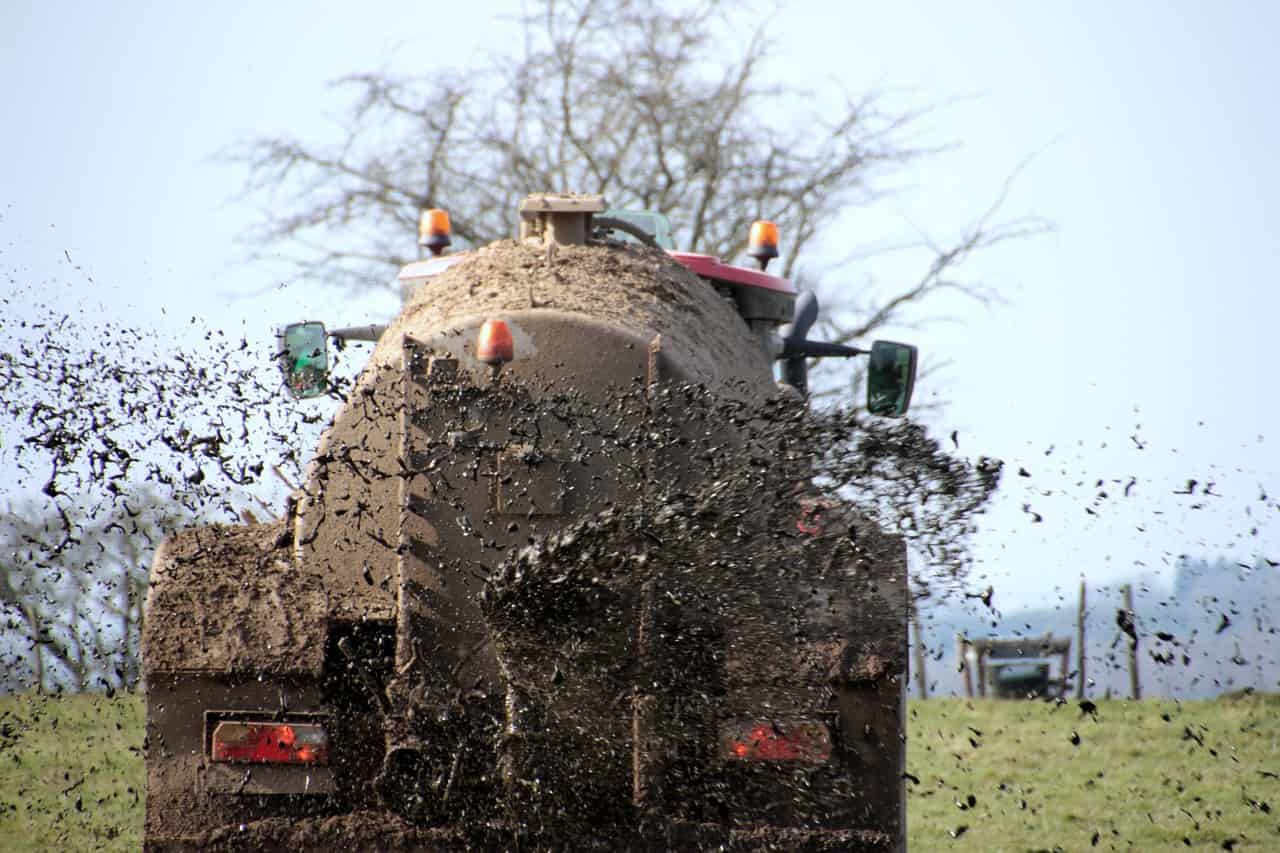
New agricultural robots could eventually replace poison sprayers in agriculture. They weed with AI, day and night, increasing biodiversity and reducing chemical use. Growers are embracing the technology; tests with carrots, onions, and chicory have been a success. One such machine comes from Odd.Bot, which started in 2018 and is working with Wageningen University. The EU is pushing to halve chemical pesticides by 2030. Robots offer a sustainable alternative, but their price is still a barrier for many arable farmers.
The challenges of modern agriculture are manifold, from preserving biodiversity to reducing environmental pollutants. Odd.Bot, a Dutch company founded in collaboration with Delft University of Technology, aims to address these challenges with an innovative solution: the “Weed Whacker,” a weeding robot that uses artificial intelligence (AI) and can remove weeds independently 24 hours a day.
This technological breakthrough comes at a crucial time. Farmers are under increasing pressure to reduce the use of chemical pesticides. The European Union has set a goal of halving use compared to 2020 by 2030. The European Commission’s recent decision to allow the controversial glyphosate for another ten years has made the importance of alternative weed control methods even more urgent.
Cooperation and funding
The development of the Weed Whacker is an example of successful collaboration between industry and academia. Odd.Bot works closely with Wageningen University and Research (WUR) and has received financial support from the Proof of Concept Fund, crowdfunding and private investors. This collaboration has led to successful test results in growing carrots, onions, and chicory.
The robot is also a response to the growing challenge of finding manual workers to weed, a problem especially in organic farming. Through automation, Odd.Bot can provide a way out for the industry, especially as regulations force farmers to shift to more sustainable practices.
Efficiency through technology
Advanced AI allows the robot to recognize and remove any weed, even in high-density crops. The robot is capable of weeding 0.8 acres per day, which is four times more than a person can do manually. The integration of 5G technology further expands its capabilities, allowing the robot to work faster and more efficiently.
The 5G connectivity allows the robot to perform some calculations to identify and remove weeds remotely. This not only increases the speed at which the robot can weed but also makes the system lighter and could reduce costs. This significantly improves manual weed removal, costing up to $2,500 per acre per growing season.
Innovation driven by environmental concerns
The Weed Whacker offers an environmentally friendly and cost-effective solution. The robot is designed to remove weeds without disturbing the soil or harming soil life and biodiversity. This is a significant advantage over chemical pesticides, which are associated with environmental damage and potential health risks.
With impending EU regulations that will severely restrict the use of chemical pesticides, the timing of Odd.Bot’s innovation is perfect. It is expected that by 2026, when the use of many chemical herbicides will be banned, the “Weed Whacker” will be an essential tool for farmers.








